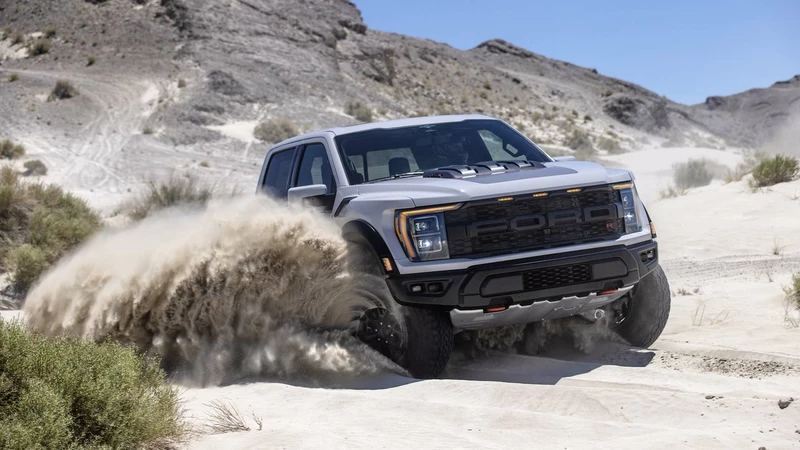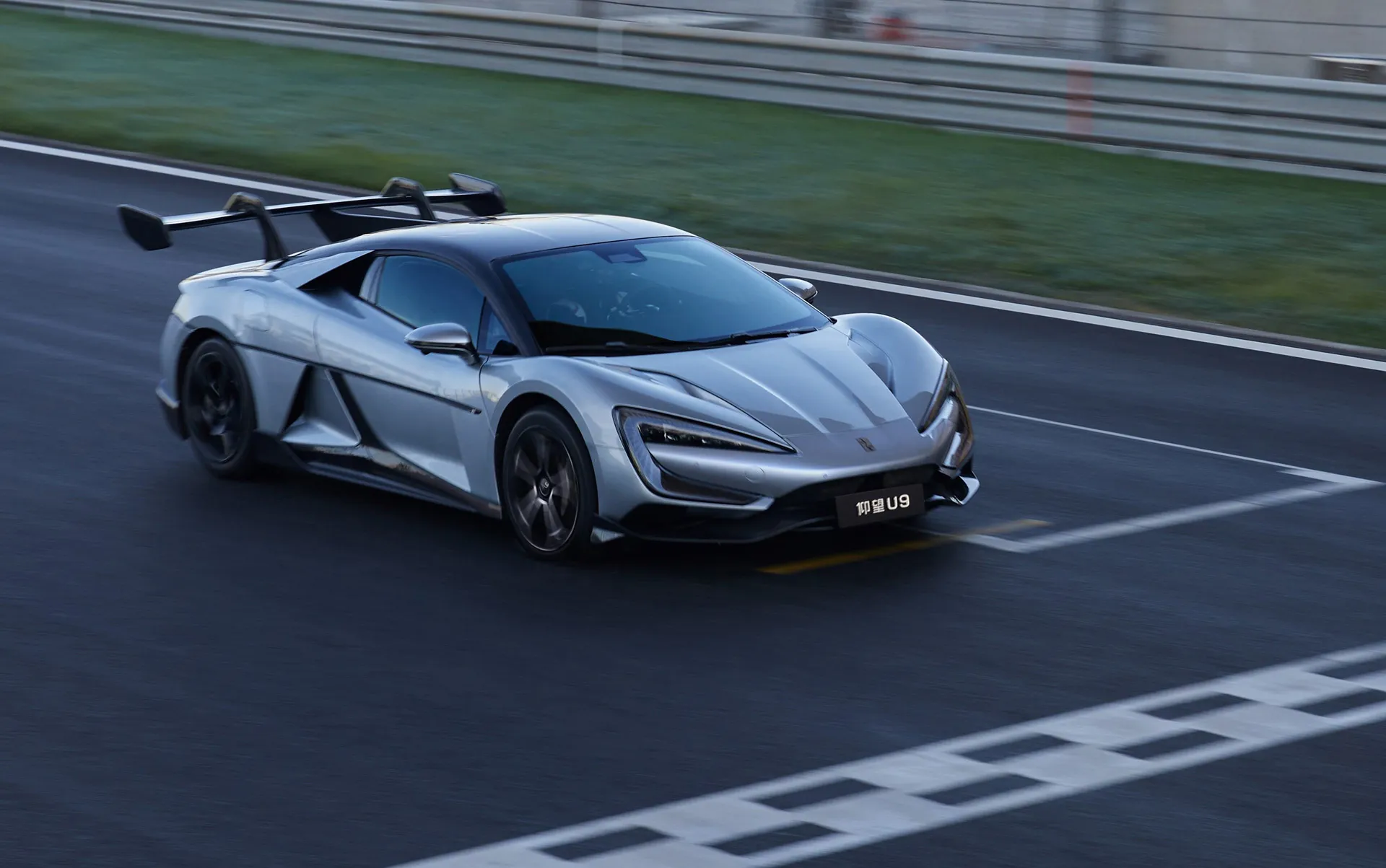Ford patents reducing the turning radius of future vehicles.

While some automakers are turning to all-wheel steering to improve vehicle maneuverability, Ford is about to patent a different solution.
The patent application, filed with the U.S. Patent and Trademark Office (USPTO), describes a way to reduce the turning radius of future vehicles by varying the torque to individual wheels.
In the proposed system, an on-board controller monitors factors such as steering angle and wheel speed to determine if a reduction in turning radius would be helpful. This is referred to as the "turning assist mode" in this application.
When this mode is activated, torque to the inside rear wheel is reduced and yaw (lateral movement) is added. More torque is then added to both front wheels to balance that yaw and pull the vehicle out of the turn. This is a bit similar to the torque vectoring system already used in some production vehicles to improve handling, but specifically to reduce the turning radius.
Ford notes in its application that this system can also be used on front-wheel drive vehicles without a driven rear axle, since torque reduction at the inner rear wheels can be achieved by braking. In all-wheel drive applications, the application suggests, the rear axle can also be decoupled from the front axle in turn assist mode.
As with all patent applications, it is unclear whether Ford will put torque-based turn assist into production. Earlier this year, the company applied for a tank turn feature, and has filed other patents describing an off-road crawling feature that uses four-wheel steering to turn the front and rear wheels in opposite directions. These appear to be based on a patent application for four-wheel steering that was published in 2019.


